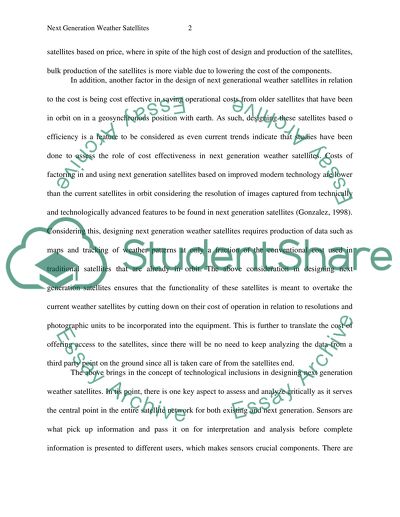Cite this document
(“Next Generation Weather Satellites Research Paper”, n.d.)
Next Generation Weather Satellites Research Paper. Retrieved from https://studentshare.org/design-technology/1483184-next-generation-weather-satellites
Next Generation Weather Satellites Research Paper. Retrieved from https://studentshare.org/design-technology/1483184-next-generation-weather-satellites
(Next Generation Weather Satellites Research Paper)
Next Generation Weather Satellites Research Paper. https://studentshare.org/design-technology/1483184-next-generation-weather-satellites.
Next Generation Weather Satellites Research Paper. https://studentshare.org/design-technology/1483184-next-generation-weather-satellites.
“Next Generation Weather Satellites Research Paper”, n.d. https://studentshare.org/design-technology/1483184-next-generation-weather-satellites.


